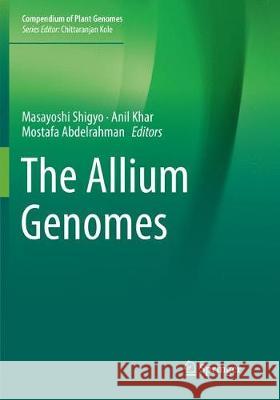The Allium Genomes » książka
topmenu
The Allium Genomes
ISBN-13: 9783030071035 / Angielski / Miękka / 2018 / 217 str.
The Allium Genomes
ISBN-13: 9783030071035 / Angielski / Miękka / 2018 / 217 str.
cena 698,79 zł
(netto: 665,51 VAT: 5%)
Najniższa cena z 30 dni: 693,97 zł
(netto: 665,51 VAT: 5%)
Najniższa cena z 30 dni: 693,97 zł
Termin realizacji zamówienia:
ok. 20 dni roboczych.
ok. 20 dni roboczych.
Darmowa dostawa!
Kategorie:
Kategorie BISAC:
Wydawca:
Springer
Seria wydawnicza:
Język:
Angielski
ISBN-13:
9783030071035
Rok wydania:
2018
Dostępne języki:
Numer serii:
000763599
Ilość stron:
217
Oprawa:
Miękka











